Ernest L. Blumenschein (1874-1960)
Get a Ernest L. Blumenschein (1874-1960) Certificate of Authenticity for your painting (COA) for your Ernest L. Blumenschein (1874-1960) drawing.
For all your Ernest L. Blumenschein (1874-1960) artworks you need a Certificate of Authenticity (COA) in order to sell, to insure or to donate for a tax deduction.
Getting a Ernest L. Blumenschein (1874-1960) Certificate of Authenticity (COA) is easy. Just send us photos and dimensions and tell us what you know about the origin or history of your Ernest L. Blumenschein (1874-1960) painting or drawing.
If you want to sell your Ernest L. Blumenschein (1874-1960) painting or drawing use our selling services. We offer Ernest L. Blumenschein (1874-1960) selling help, selling advice, private treaty sales and full brokerage.
We have been authenticating Ernest L. Blumenschein (1874-1960) and issuing certificates of authenticity since 2002. We are recognized Ernest L. Blumenschein (1874-1960) experts and Ernest L. Blumenschein (1874-1960) certified appraisers. We issue COAs and appraisals for all Ernest L. Blumenschein (1874-1960) artworks.
Our Ernest L. Blumenschein (1874-1960) paintings and drawings authentications are accepted and respected worldwide.
Each COA is backed by in-depth research and analysis authentication reports.
The Ernest L. Blumenschein (1874-1960) certificates of authenticity we issue are based on solid, reliable and fully referenced art investigations, authentication research, analytical work and forensic studies.
We are available to examine your Ernest L. Blumenschein (1874-1960) painting or drawing anywhere in the world.
You will generally receive your certificates of authenticity and authentication report within two weeks. Some complicated cases with difficult to research Ernest L. Blumenschein (1874-1960) paintings or drawings take longer.
Our clients include Ernest L. Blumenschein (1874-1960) collectors, investors, tax authorities, insurance adjusters, appraisers, valuers, auctioneers, Federal agencies and many law firms.
We perform Ernest L. Blumenschein art authentication, appraisal, certificates of authenticity (COA), analysis, research, scientific tests, full art authentications. We will help you sell your Ernest L. Blumenschein or we will sell it for you.
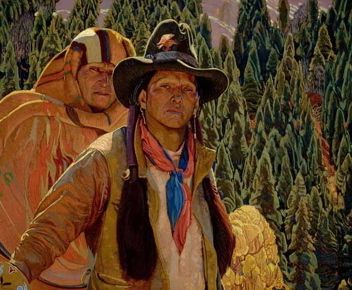
Ernest L. Blumenschein was an American artist, known for his modernist paintings of New Mexico. Blumenschein was born in Pittsburgh, Pennsylvania but spent much of his childhood in Dayton, Ohio. Blumenschein’s father was an accomplished musician, who exposed him to art and music at an early age. He was awarded a scholarship to study music at the Cincinnati College of Music, but simultaneously studied painting at the Cincinnati Art Academy.
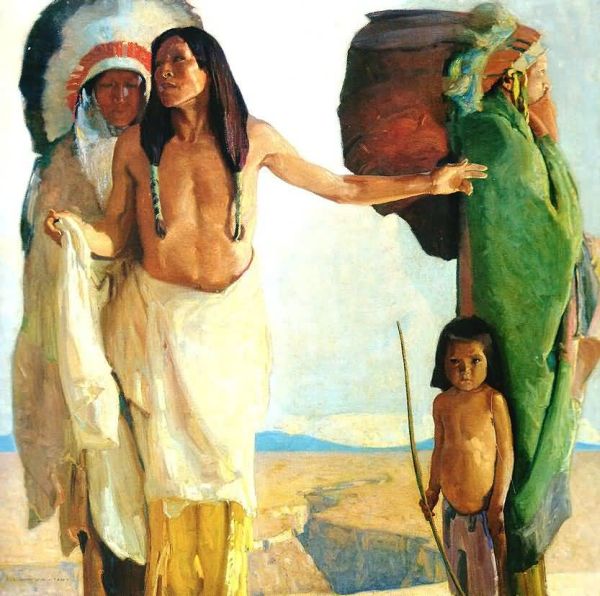
Blumenschein decided to pursue a career as a painter and relocated to New York City. He took classes at the Art Students League but used his musical talent to support himself by playing the violin in the New York Symphony. Blumenschein eventually left his first chair seat in the symphony to become a full-time painter. Blumenschein went to Paris to study at the Académie Julian, where he met many inspiring artists such as Joseph Henry Sharp.
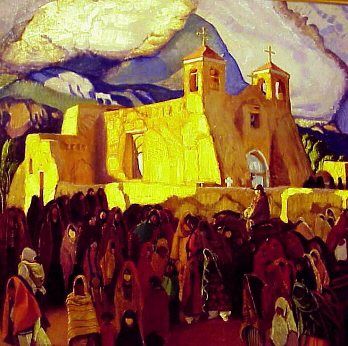
When Blumenschein returned to New York he worked as an illustrator for publications such as Century, Harper’s, Scribner’s and McClure’s. After visiting the southwest on an assignment from McClure’s, Blumenschein decided he would journey to New Mexico by way of covered wagon. He stayed in Taos, New Mexico for three months, painting and writing about his experiences.
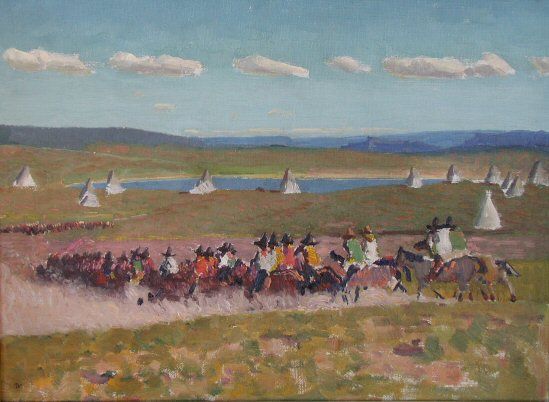
Blumenschein continued to work as an illustrator and painter, dividing his time between Paris and New York. In addition to illustrating magazines, Blumenschein worked with numerous novel writers including Jack London and Willa Cather.
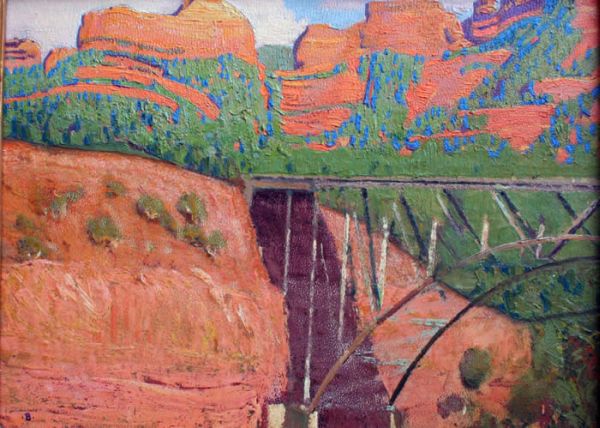
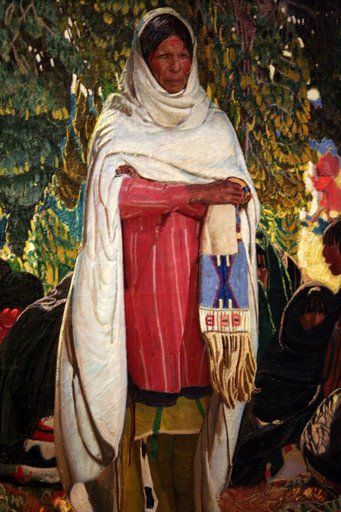
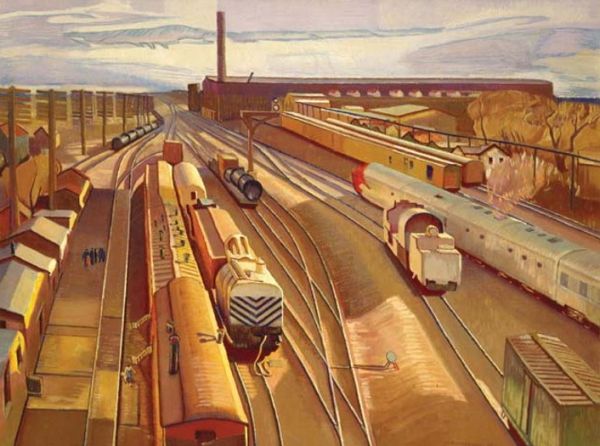
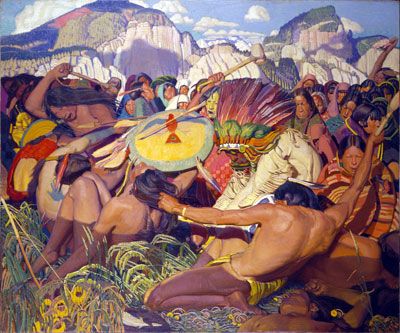
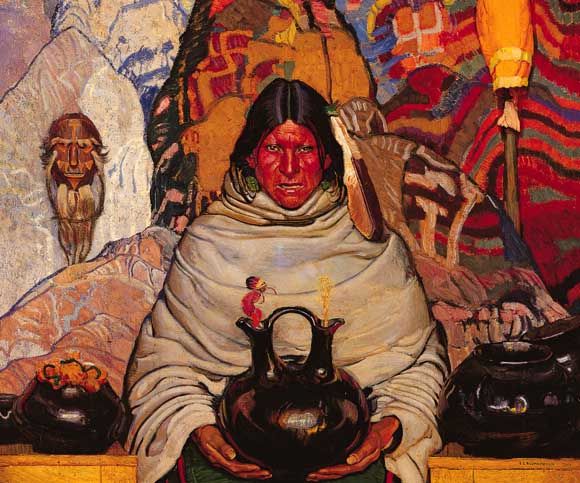
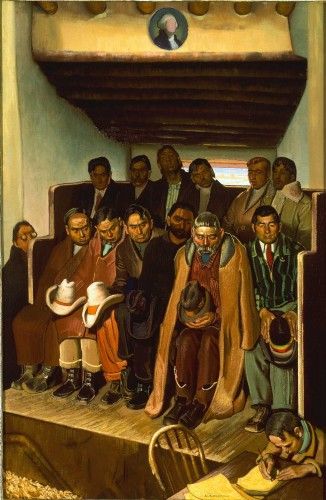
Blumenschein and his wife, Mary, were both hired as art instructors at the Pratt Institute in New York. While Mary remained in New York year-round, Blumenschein spent his summers painting in Taos. Blumenschein exhibited frequently New York, Chicago, San Francisco and New Mexico. Bluemenschein won numerous awards and was a full member of the National Academy. Blumenschein was not only recognized in the United States but also exhibited internationally, including the Venice Biennial.
In 1917 Blumenschein convinced his family to move to Taos, so he could paint there full-time. Blumenschein became one of the most important Taos artists, and his home in Taos eventually became a historic landmark. Blumenschein’s work now belongs to major museums, including the Museum of Modern Art, New York, the Metropolitan, and the Smithsonian Institution.
